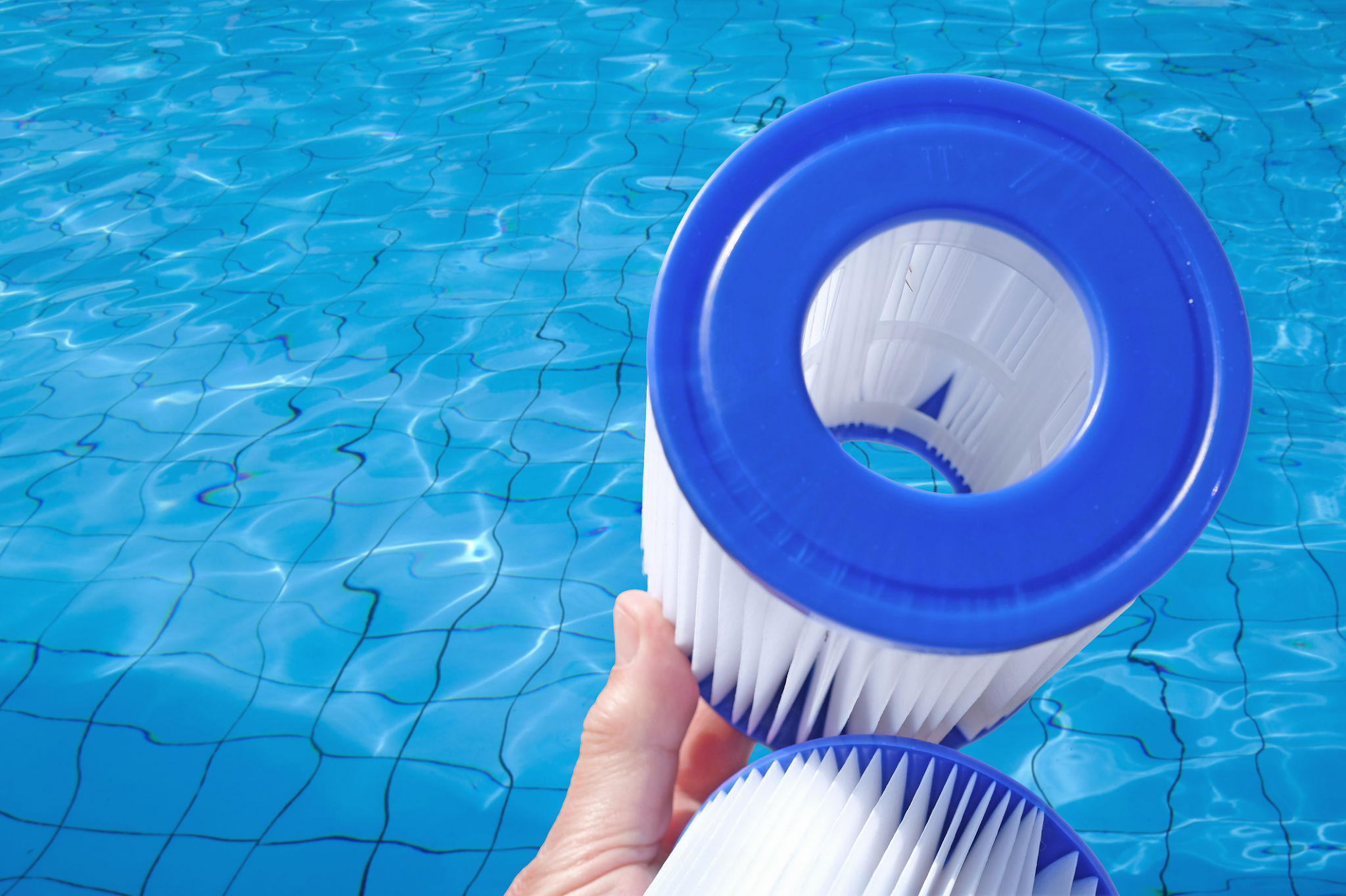How to Handle a Green Pool: Your Ultimate Cleanup Guide
Discovering a green pool in your backyard can be disheartening, especially when you're looking forward to a refreshing swim. However, a green pool is a common problem and can be resolved with the right approach. This guide will walk you through the steps to restore your pool to its crystal-clear glory.
Understanding the Cause of a Green Pool
The green color in your pool is typically caused by algae, which thrive in water that lacks proper chemical balance. Algae can multiply quickly, especially in warm weather, turning your pool into an unsightly and unhygienic mess. Other factors contributing to algae growth include insufficient filtration, poor maintenance, and debris accumulation.

Step 1: Assess and Adjust Chemical Levels
The first step in tackling a green pool involves checking and adjusting the chemical levels. Start by testing the water's pH and chlorine levels using a reliable pool test kit. Ideally, the pH should be between 7.2 and 7.6, while chlorine levels should be maintained at 1-3 ppm (parts per million).
If the pH is too high, add a pH reducer. If it's too low, use a pH increaser. Once the pH is balanced, shock the pool with a high dose of chlorine to kill off existing algae. This process is known as superchlorination and is crucial for restoring the water's clarity.
Step 2: Brush and Vacuum the Pool
Once you have addressed the chemical imbalance, it’s time to physically remove the algae. Use a pool brush to scrub the walls and floor of the pool thoroughly. Pay special attention to corners and other areas where algae tend to accumulate. After brushing, vacuum the pool to remove dead algae and debris.

For effective vacuuming, switch your filter to the waste setting if possible, as this will prevent algae from recirculating into the pool. If your filter system doesn’t have this option, you may need to backwash more frequently during this process.
Step 3: Clean and Backwash the Filter
Your pool filter plays a vital role in keeping the water clean. After vacuuming, clean or backwash your filter according to the manufacturer's instructions. A clean filter will efficiently remove remaining particles from the water and keep it clear.

If your filter is overly clogged or damaged, consider replacing it to ensure optimal performance. Regular maintenance of your filter will prevent future algae outbreaks and help maintain your pool's overall health.
Preventive Measures to Keep Your Pool Clear
Once your pool is back to its sparkling state, take preventive measures to avoid future problems. Regularly test and adjust chemical levels, clean the pool weekly, and run the filter system daily for at least 8-12 hours. Additionally, consider using an algaecide as part of your routine maintenance.
By following these steps and practicing consistent maintenance, you can enjoy a clean and inviting pool throughout the swimming season. Remember, staying proactive is key to preventing a recurrence of that dreaded green hue.
